Understanding Required Minimum Distributions (RMDs)
11-20-2024
November 20, 2024
Retirement accounts like Individual Retirement Accounts (IRAs) and other savings vehicles are essential for building financial security over the course of your career. These accounts grow tax-deferred, leveraging market performance and interest. However, once you reach a certain age, the IRS mandates an annual withdrawal called a Required Minimum Distribution (RMD).
RMDs play a crucial role in your retirement income plan, ensuring compliance with federal tax rules while potentially enhancing your financial strategy. Below, I address the most common questions I receive about RMDs to help you navigate the process.
What Is a Required Minimum Distribution (RMD)?
An RMD is the minimum amount you must withdraw each year from your pre-tax, tax-deferred retirement accounts once you reach the specified RMD age. This rule ensures the IRS collects taxes on funds that have grown tax-deferred.
Which Accounts Require RMDs?
RMD rules apply to most tax-deferred accounts, including:
- Traditional IRAs
- SEP IRAs
- SIMPLE IRAs
- 401(k), 403(b), and 457(b) plans
- Profit-sharing and other qualified retirement plans
Exemption: Roth IRAs are not subject to RMDs during the owner’s lifetime but may have liquidation timing requirements for beneficiaries.
When Must I Start Taking RMDs?
- Your first RMD must be taken by April 1 of the year after you reach your RMD age.
- Subsequent RMDs must be withdrawn by December 31 each year.
- If you delay your first RMD, you’ll need to take two distributions in the same tax year.
RMD Age Based on Birth Year
The age at which RMDs begin depends on your birth year:
- Born before July 1, 1949: Age 70½
- Born on or after July 1, 1949: Age 72
- Born on or after January 1, 1951: Age 73
- Born on or after January 1, 1960: Age 75
Penalties for Missing RMDs
Failing to take your RMD can result in steep penalties:
- The IRS imposes a 25% excise tax on the amount not withdrawn.
- If corrected promptly, the penalty may be reduced to 10%.
How do I take RMD Withdrawals?
If you own multiple IRAs, you can technically aggregate your RMD amounts and withdraw the total from one account. However, I usually don’t recommend that you do this manually. It’s a lot of extra work and the manual calculation could be off. The best way to take out RMDs is to set the withdrawals on automation monthly or yearly with the custodian. That way it’s a set it and forget it. You’ll never have to worry about missing a withdrawal.
Special Considerations
- Still Working? If you’re employed past your RMD age, you may delay RMDs from your current employer’s plan if you meet specific criteria.
- Inherited IRAs: RMD rules are complex for inherited accounts and may vary depending on your relationship to the original owner.
How RMDs Affect Taxes
RMDs from pretax accounts are subject to federal and state income taxes. If your IRA includes after-tax contributions, part of the distribution may be non-taxable. Consult a tax professional to ensure accurate withholding and reporting.
Strategic Opportunities
While RMDs are mandatory, they can also be leveraged to optimize your retirement income strategy. For example, you can direct RMDs to charities via qualified charitable distributions (QCDs) or coordinate withdrawals with other income sources for tax efficiency. Click here to read my recent blog post about QCDs and why you should consider them.
